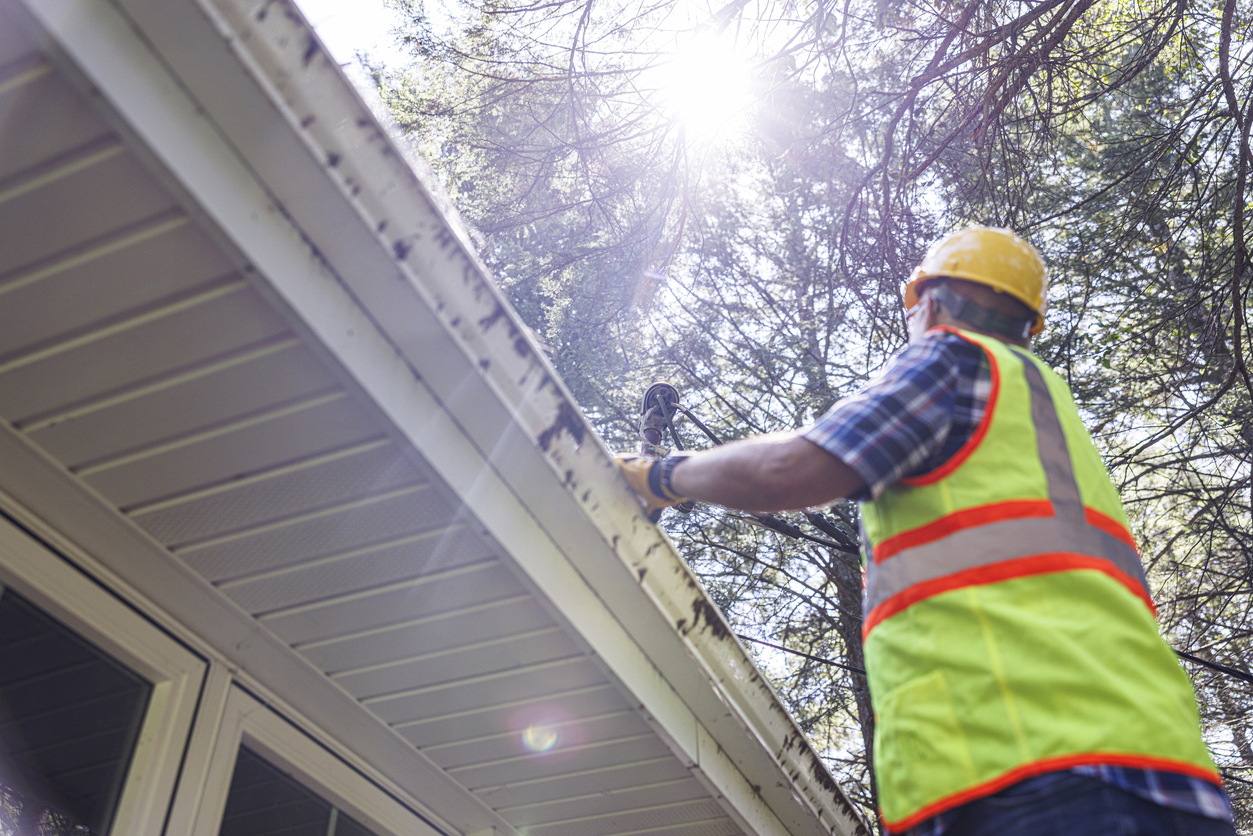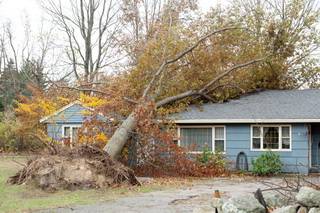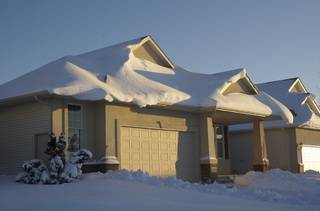Extreme weather conditions including heavy winds, intense rain, and snow can wreak havoc on both residential and commercial buildings, causing a range of damages that impact their structural integrity and functionality. Weather damage to buildings can include structural failures due to snow loads, water intrusion at exterior walls and roofs, and wind damage to walls and roofs. With the understanding of the critical role weather damage plays in the structural integrity of buildings, it is important to have an engineer perform structural assessments to evaluate the extent of damage.
Structural roof damage can be caused by high winds during storms, exerting tremendous pressure on roofs which can lead to roof material detachment, especially if the roofing system is improperly installed or aged. Additionally, accumulated snow and ice add weight to the roof and excessive loads can weaken the roof structure, leading to sagging or even collapse. Additionally, more nuanced problems can exist where the structural design may need evaluated for defects or the age of installed components could have weakened overtime, i.e. excessive corrosion. The takeaway is that CED engineers are trained and experienced to systematically step through all factors that may have caused/contributed to a structural failure event. Water intrusions caused by rainwater, floods, condensation, plumbing issues, etc. are also a point of concern, especially if building products have been improperly installed.
When our experts perform structural assessments of weather-related building damage, we look at a few pivotal factors. A CED engineer will ask the following questions:
- What loads should the building have been designed for (snow load, snow drift, wind load, etc.)?
- Were the building products installed correctly by the contractors?
- Who is the manufacturer of the building products?
- Did the contractor follow the installation guidelines or best practices for these products?
- Did the storm produce snow or wind loads above the design loads?
- What is the path that the water is taking to get into the building for water intrusion at walls and roofs?
- Was the original building designed for the correct loads specified in the code?
- Why did the damage occur? Engineering error? Construction defect? Other?
Our team will conduct a visual inspection, fully document the inspection process, and generate a structural analysis to provide recommendations based on our findings.
Weather damage is a critical consideration for building owners, insurers, and engineers. By addressing structural vulnerabilities and implementing preventive measures, we can enhance building resilience against weather-related threats. If you have a concern about the structural integrity of your building, or for more information, contact one of our experienced CED engineers here.






